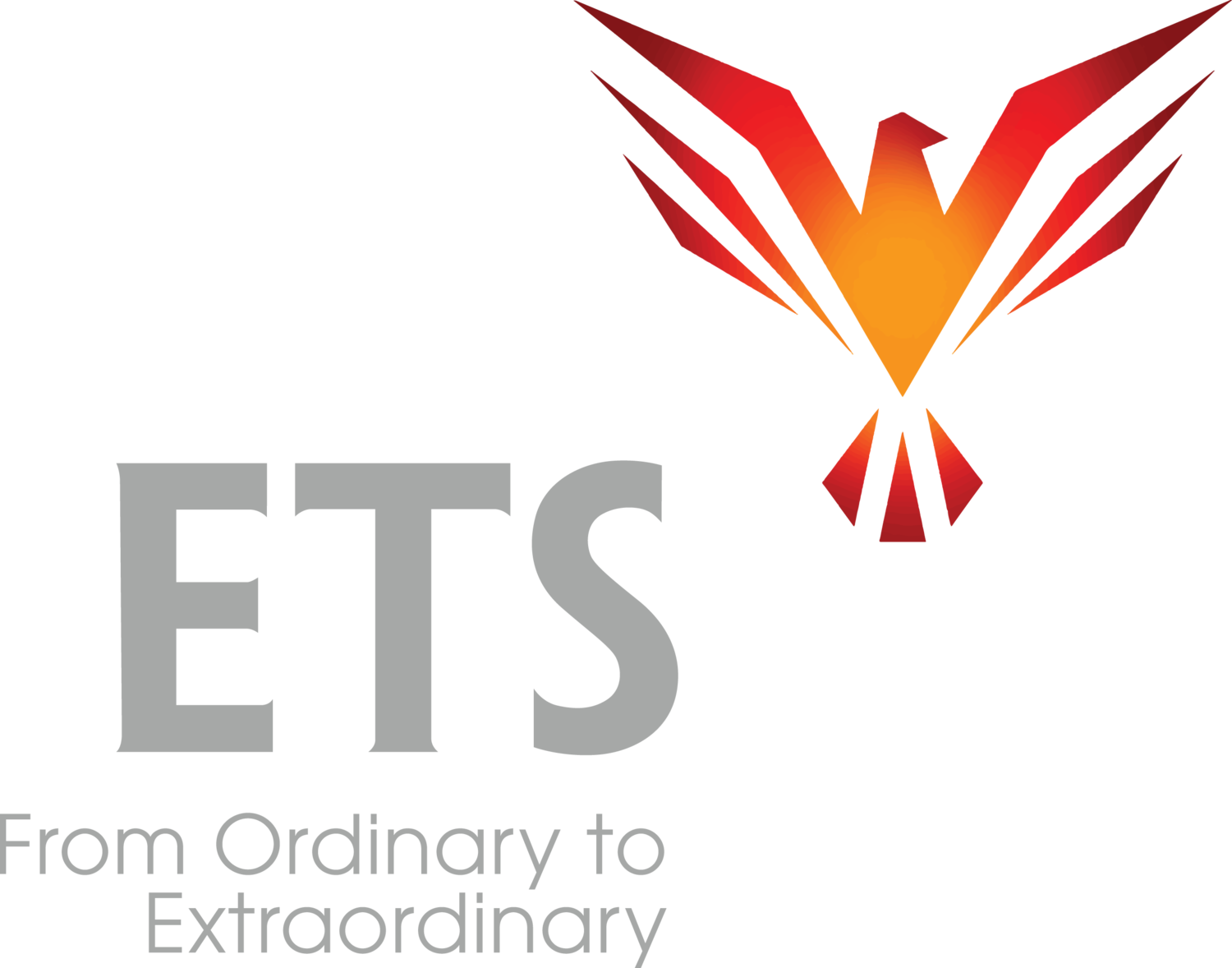I’ve been asked to coach the CEO of a major global corporation. Google his name and an abundance of videos pop up. I’m watching portions of many of them to assess where I can help him.
This is a man who has been given so much advice on “how you need to come across”, it overwhelmed and finally drowned his soul. Unfortunately, he listened to it. It led him into crafting this artificial persona. The persona he’s been told Wall Street and a faceless group of investors demands.
I’m seeing the superficial performance of a well-scripted theatrical role: “the successful CEO you should invest in.”
